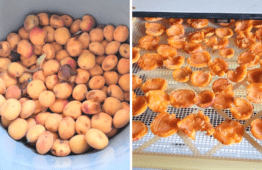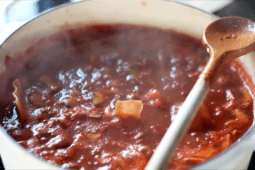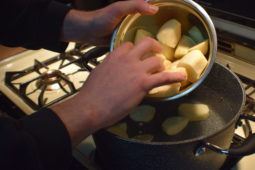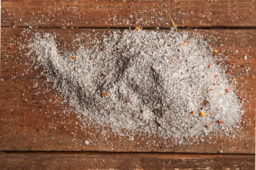How To Dehydrate Apricots For The Perfect Summer Snack
It’s the first harvest for many small orchard enthusiasts. The apricots arrive before the peaches, pears, and apples. Drying all those little globes of golden deliciousness doesn’t have to be a challenge. Dried apricots are a favorite snack for many people and are a great way to keep the flavors from summer alive until next season. If you have a tree, heavy with apricots it makes sense to dry them for a taste of summer in the midst of winter, but you should eat as many as you can right off the tree first.
Preparing apricots for the dehydrator is one of the easiest ways to process fruit and can be done at home with just a few simple tips and tricks!
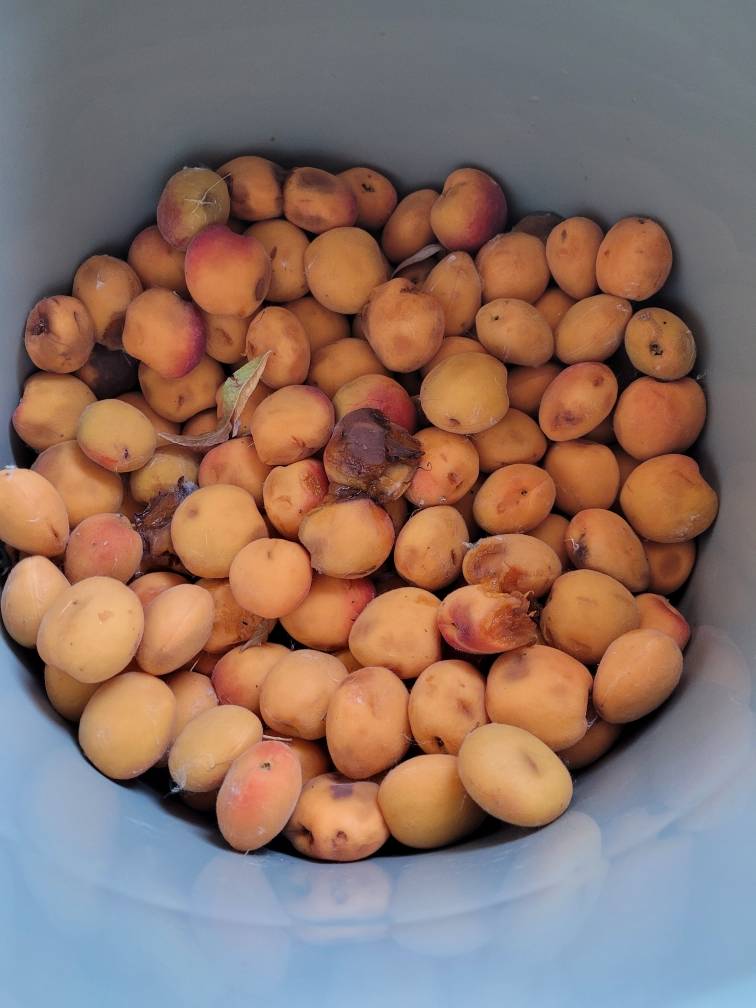
How To Dry Apricots (Or Any Fruit!)
Step 1: Clean, Split, and De-Pit
Ripe apricots remain firm and split open easily with a knife. Take an apricot, make a small cut, push a little bit, and the halves magically separate, leaving just the pit. The pit on almost all varieties of apricots pops out easily, leaving just the meat of the fruit.
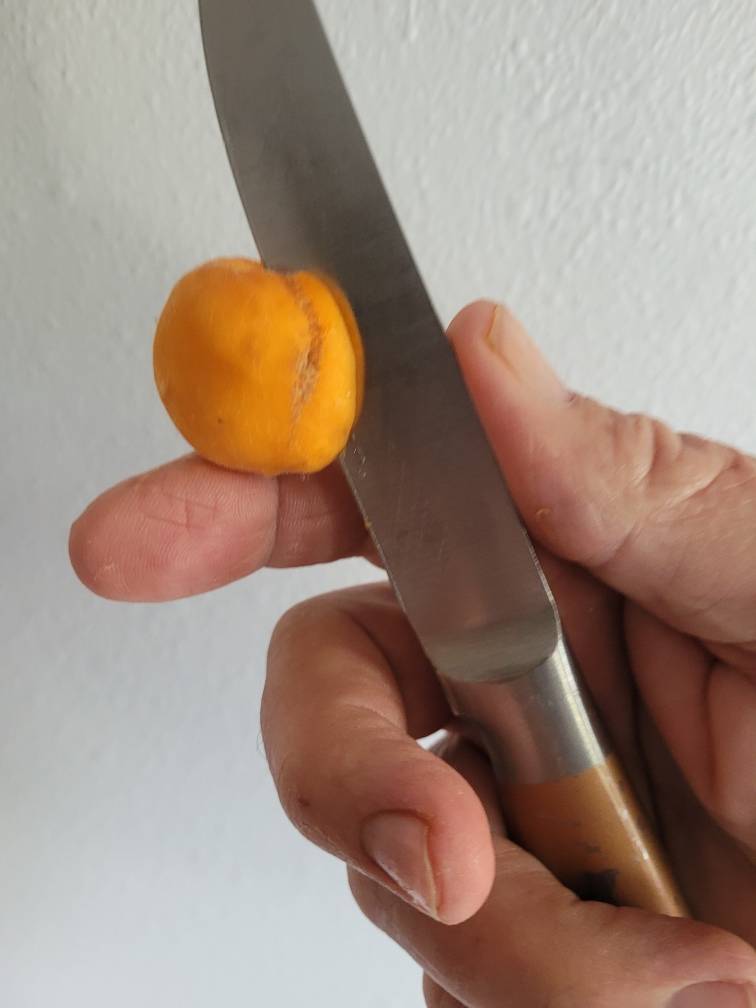
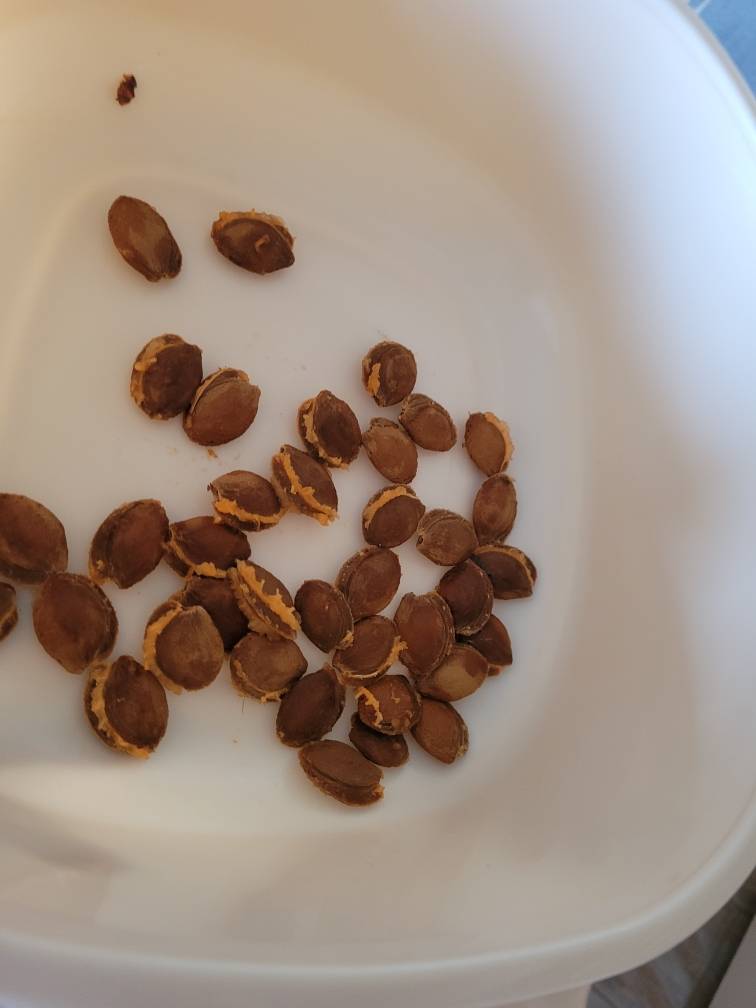
Step #2: Flip Them Inside Out
Take each half, and push it inside out. The process is simple, just hold the apricot with one hand, and push it on the side with the skin from the other. As you do this, the skin will dimple inward, and the fleshy part will be extruded outward.
This is an important step in preparing apricots for the drying process. The fleshy part is the section of the fruit that needs the moisture removed. The skin side remains pretty much the same throughout the entire process.
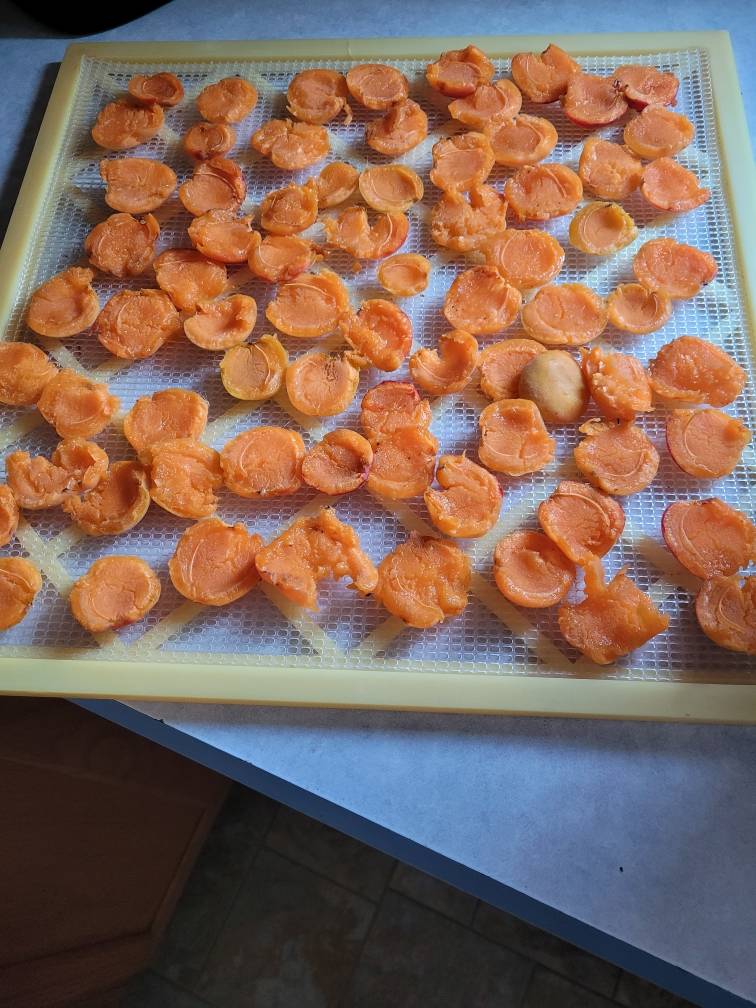
Step #3: Sweeten And Air-Dry
Some people like to dip the separate, inverted apricots in a weak lemon juice mixture to prevent the dehydrated product from turning brown. If you want to do this, the formula is one cup of lemon juice to one quart of water.
Other fans of dried apricots like to dip them in a sugar solution. For this take a quart of water, and mix in a quarter-cup of regular household sugar. It will sweeten the taste of the final dried fruit.
Step #4: Arrange and Place In Dehydrator
Once you’ve prepped your apricots, it is time to place them in the dehydrator. Carefully arrange the apricots so there is a small gap between each of them on the dehydrator tray. The space will shrink as the fruit dries.
Slide each shelf of apricots into the dehydrator until it is full, or you run out of apricots.
The best setting for drying apricots is 125 degrees. Depending on the humidity, and heat of your area you’ll have to adjust the drying time.
Most modern dehydrators come equipped with a timing mechanism that allows the dryer to run from one to 24-hours.

Step #5: Remove and Enjoy
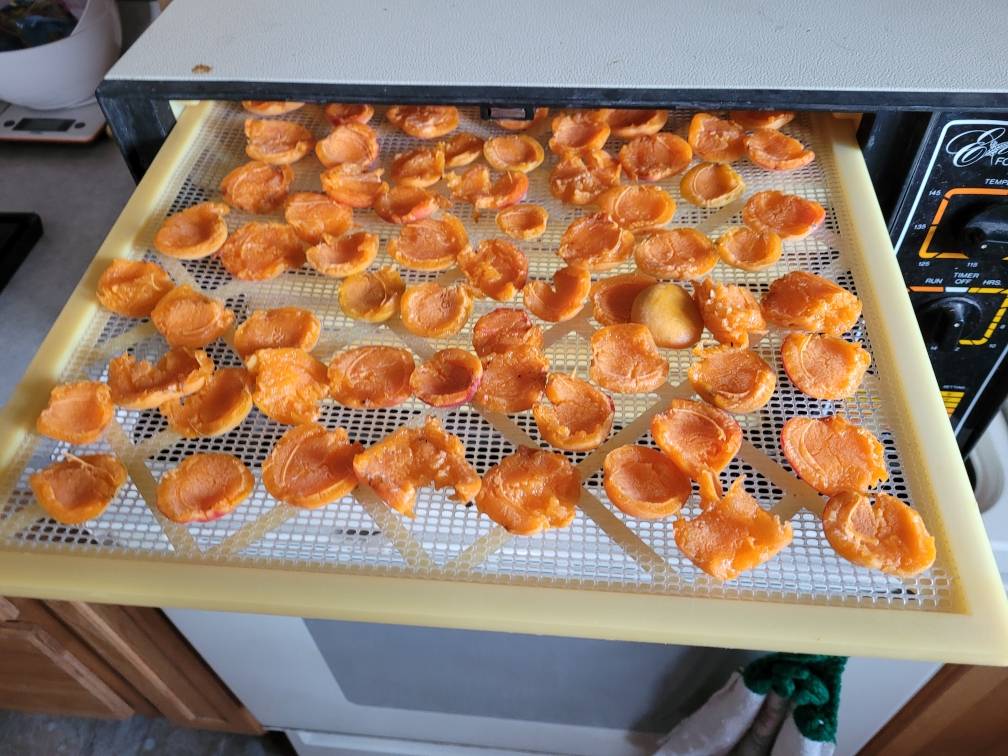
Test your fruit periodically. The apricots will be sticky at first, but as the water is taken away by the dehydrator they’ll begin to firm up.
A word of caution on drying time is necessary. If you think the apricots need just a couple of more hours of drying time to be perfect, they don’t, they’re probably ready right now.
Pull the trays out of the dehydrator and place them on a counter. You can remove most of the dried apricots with your fingers, but if they’re a little sticky, just slide a spatula under them to pry them loose.
Place the finished product in sealable plastic bags and you’ll have a natural snack that will last for months without refrigeration.




